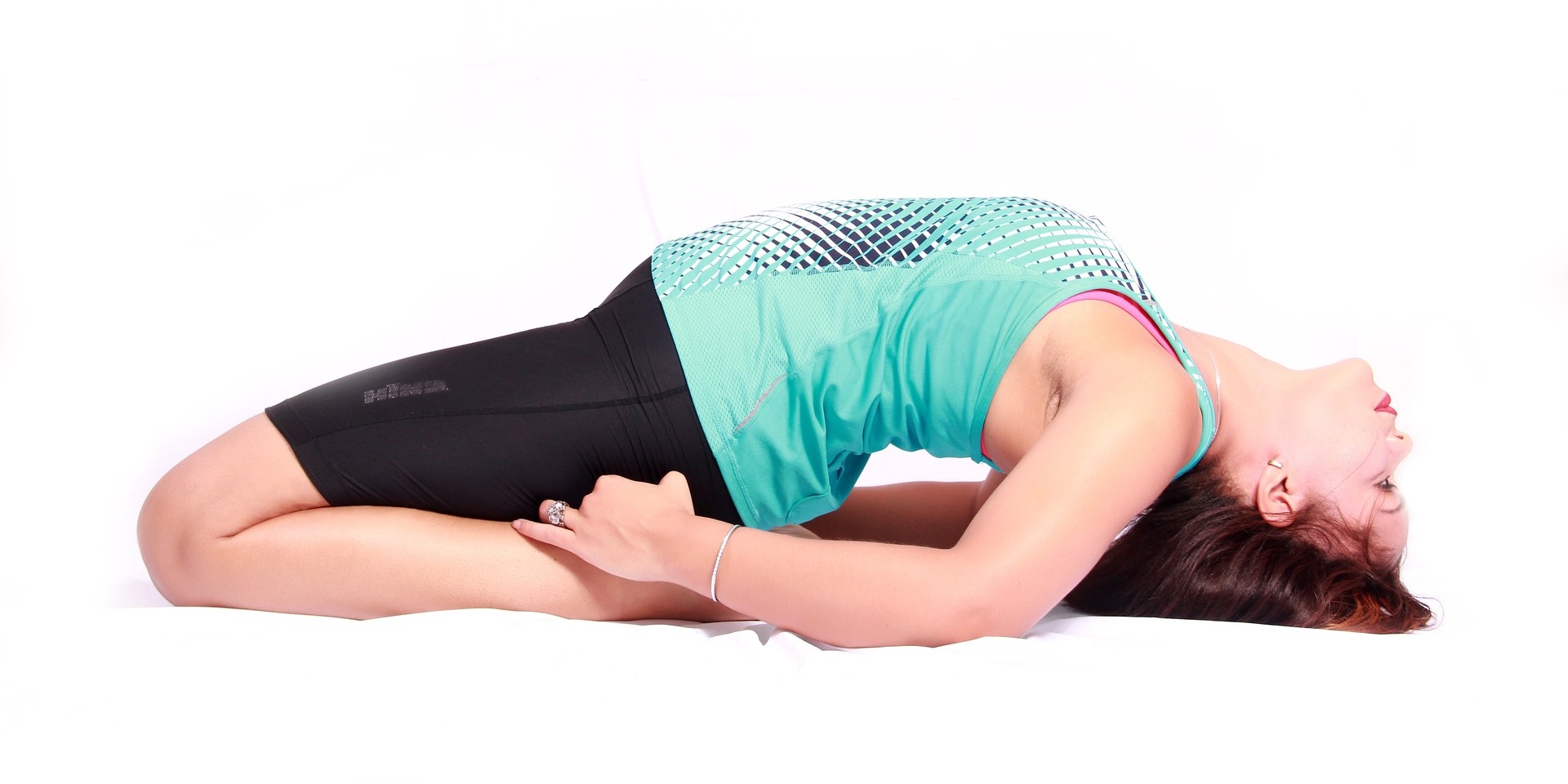Flexibility after 40
Posted on 29th June 2023 at 13:28
A few years back my wife and I were sat in the garden trying to get a few minutes peace away from the kids! (if they start reading my blogs I’m going to be in trouble). My wife was reading a newspaper article about 50 things that tell you your getting old.
As the healthy one in the relationship (it is kind of my job to be healthy) I was confident, you might even say smug, that I’d come out of this pretty well. And I did.
Sure there were a few of the things that I related to but less than 10 and of those I was quite happy with most of them.
You know when they say pride comes before a fall?
Well for me it came before a bend.
Once we’d had 5 minutes our ‘time-out’ was over and we headed back into the mayhem that is my beautiful children.
I stood up out of the chair and bent down to pick up a bottle off the floor.
And then it came.
I let out this definite and unconscious groan as I bent over.
Number 2!!!!! Right there. Oh the shame of it - I wasn’t even 40 at the time!
You see flexibility is a key requirement for the human body. We are designed to move through a whole wide range of positions, angles and directions but as we age we lose it.
It’s cute, it doesn’t happen overnight, we don’t really see it happening but then one day we realise that we’re looking for the arms of the chair to push off when we stand up.
On a more concerning note it is the little bits that we loose that accelerate the wear and tear on other joints.
A small amount of stiffness in the big toe (gout anyone?) can lead to tremendous problems in the ankle, knee, hip or lower back – or in all of them – because every time you take a step you are designed to flex your big toe fully.
Lose that ability and you have to compensate somehow and that adds to the load of the other areas I’ve mentioned.
It’s the same with stiffness in the thoracic spine (the upper back). Have a look around next time your out and see how many people slouch or are even developing hunchbacks.
These lead to neck issues (because the neck has to try to compensate for the movement lost in the upper back) and lower back issues as well as issues in the shoulders and then down the arms.
This may seem like I’m stretching the truth but I can honestly say that every single tennis elbow patient that we treat needs work done on their shoulders and upper back as well as their arms.
They think were a bit weird until they realise how much better it feels.
And whether we like it or not as we age we do lose little bits of flexibility.
Unless we choose not to.
It’s actually not difficult to improve flexibility, even in someone who has lost an awful lot.
And it’s an absolute piece of cake to maintain it once you’ve got it.
Just ask out hardy group of stretch class clients. None of who are under 70 but all are benefiting from improving and maintaining higher levels of flexibility.
Improving flexibility can be done with simple things like yoga or very basic stretching routines. Equally a simple corrective exercise programme will help with very detailed and targeted stretching programmes and dovetail in some strengthening exercises to complement and accelerate the improvement.
But once you have established a good range of flexibility then maintaining it is super simple. There are only movements that you need to become good at to maintain great flexibility. Keep a look out for a video on these coming soon!
Tagged as: Back Pain, Back Rehab Exercises, Education, Exercise, Flexibility, Health, Holistic Health, Lifestyle, Long Term Back Pain, Rehabilitation
Share this post:






